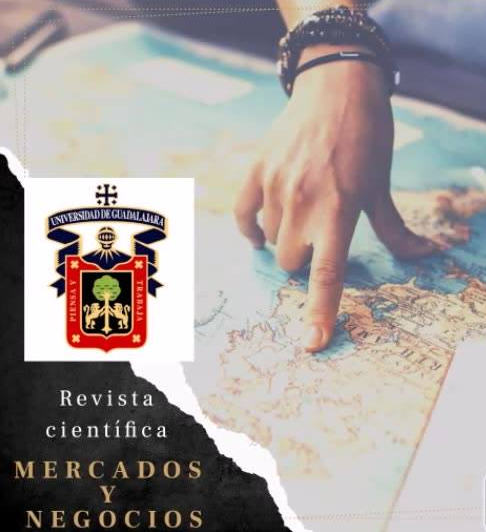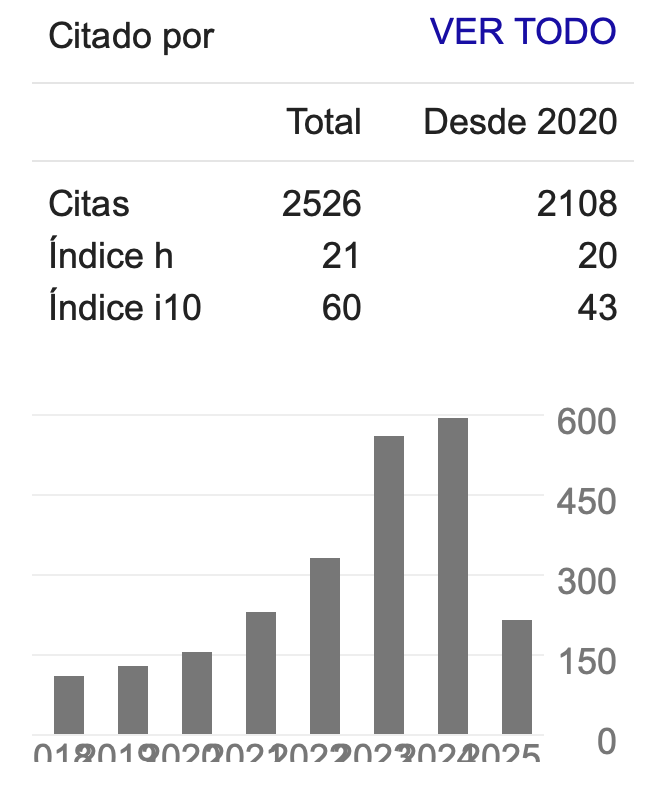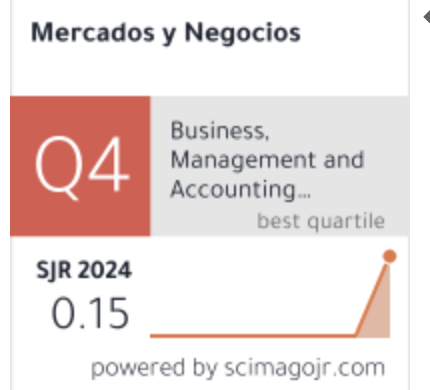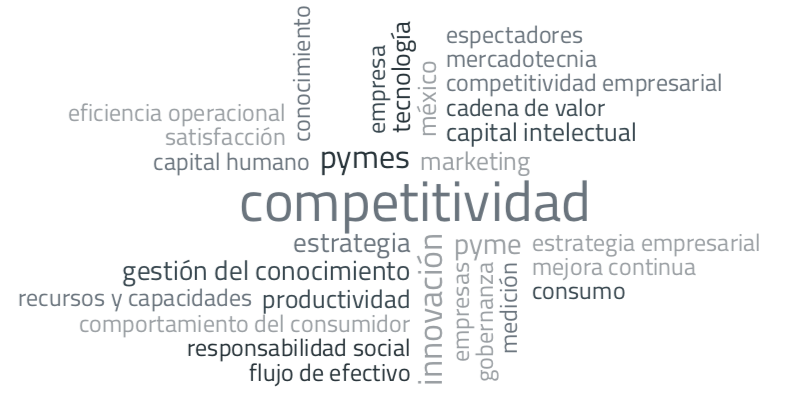The Monte Carlo method of random simulation samples
DOI:
https://doi.org/10.32870/myn.vi50.7710Keywords:
Monte Carlo method, random simulation samples, finance, economy, indexAbstract
The Monte Carlo method is one of the most powerful mathematical techniques that, through calculation, analyzes risk and allows solving physical and mathematical problems through computer programs. Using historical data creates and predicts models of possible future results by substituting a range of values, calculating results repeatedly, and using a different group of random values of the probability functions to predict the potential effects of some uncertain event related to problems of all kinds.References
BANXICO. (2023). Sistema de Información Económica. México, Banco de México. Link: http://www.inegi.org.mx/sistemas/bie/
Eppen, G. D. (2000). Operations Research in Administrative Science. Prentice-Hall, Inc.
Gentle, J. E. (2013). Random Number Generation and Monte Carlo Methods. Springer Science & Business Media.
INEGI. (2023). Banco de Información Económica. Mexico: Instituto Nacional de Geografía y Estadística. Link: http://www.inegi.org.mx/sistemas/bie/
Metropolis, N. & Ulam, S. (1949). The Monte Carlo method. Journal of the American Statistical Association. 44(247)
Ulam, S. M. (1983). Adventures of a Mathematician. Charles Scripner's Sons.
Vargas, J. C. & Cruz-Carpio, C. A. (2020). Study of the Monte Carlo method in simulations for the estimation of the π value. Bolivian Journal of Physics. 36.
Published
How to Cite
Issue
Section
License
Copyright (c) 2023 Juan Gaytán Cortés

This work is licensed under a Creative Commons Attribution-NonCommercial 4.0 International License.
Mercados y Negocios by Department of Mercadotecnia y Negocios Internacionales. University of Guadalajara is licensed under a License Creative Commons Attribution-NonCommercial 4.0 International.
The author retains the copyright.








